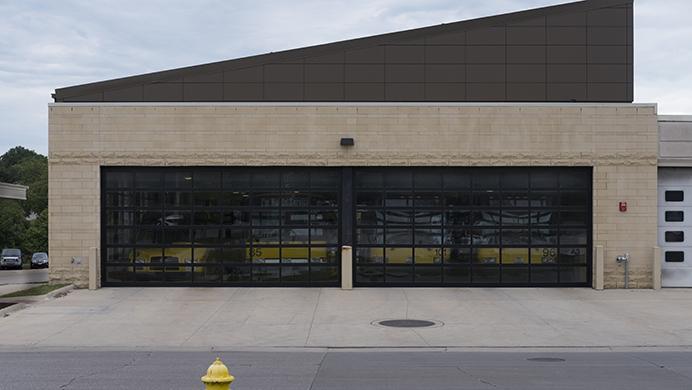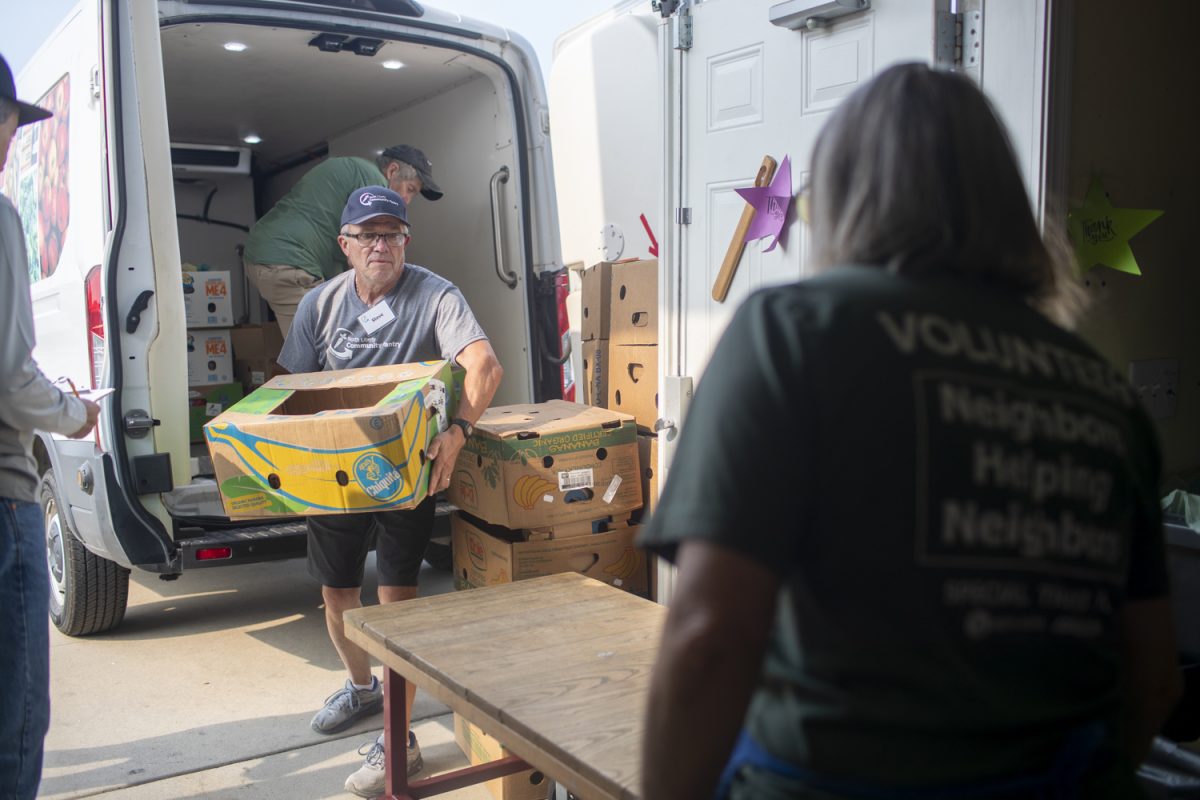The Climate Action Steering Committee wants to draw input from community as it crafts a Climate Action and Adaptation Plan.
By Denise Cheeseman
Iowa City is developing a plan to reduce greenhouse-gas emissions by 80 percent before 2050.
The Climate Action Steering Committee held its first meeting June 29 at City Hall to begin crafting a Climate Action and Adaptation Plan for the city.
The plan is the most recent step that Iowa City has taken to fight climate change, Mayor Jim Throgmorton said at the meeting. Other steps include the signing of a national Climate Mayors Statement and the establishment of a small grants program for climate action in the area.
Lindy Wordlaw, a senior manager at Elevate Energy and one of the consultants on hand to help guide the committee, outlined the basic format of the plan. She said an Action and Adaptation plan focuses on both the causes of climate change, such as carbon-dioxide emissions from motor vehicles, and its effects, such as larger and more frequent floods.
The committee comprises five major stakeholder representatives nominated by their constituents and seven at-large representatives who applied for the position, said Iowa City sustainability coordinator Brenda Nations. Important stakeholders include the University of Iowa, the Greater Iowa City Home Builders Association, and MidAmerican Energy.
Representatives serving on the committee possess a broad range of expertise from urban planning and engineering to water quality and environmental justice.
But one trait was shared by all: a passion for Iowa City, its residents, its culture, and its livability.
While cities across the country are writing such plans, each one is different. Wordlaw stressed the importance of “[making] sure the plan reflects the community.”
Nations agrees. The Iowa City government controls only 5 percent of Iowa City’s greenhouse-gas emissions, she said, which means “a lot of buy-in from the whole community” will be required to meet the city’s reduction goals.
• The Climate Action Steering Committee was established by the City Council to formulate a Climate Action and Adaptation Plan.
• The city has a goal of 80 percent greenhouse-gas-emission reduction from 2005 to 2050.
• The plan will focus on mitigating the causes and handling the effects of climate change.
• The committee will hold public forums as well as individual outreach to different stakeholders and groups around the community.
Two public forums will be held in order to achieve this “buy-in.” The first will be held in the fall and focus on identifying priorities and appropriate strategies for the plan. The second will be held next spring, before students leave, and a complete draft will be ready for public viewing, Wordlaw said.
However, many committee members expressed their concerns about only using public forums for feedback.
Martha Norbeck, an architect and at-large representative, said she wanted the committee to reach out to groups who do not have climate issues on their radar.
Public meetings draw self-selected people, she said, and they probably will not bring in the greatest energy users or emitters in the area.
The committee agreed that its members would look into conducting further outreach and presentations to public groups, as well as setting up a method of receiving feedback online.
One major public group is students, who make up almost half of the population during the school year.
“[Students] contribute to different environmental impacts than people who live in the city, have a family, and own a house,” said Eden DeWald, a student representative. Because of this, they can contribute to emission reductions differently. DeWald hopes to conduct outreach on campus to connect to students who are already interested in sustainability and to motivate those who are not.
“You can have a voice here right now,” DeWald said, urging students to be involved in the committee’s work. “You can have a chance to influence city policy, and you just have to speak up and say something if you think that your voice is not being heard.”







